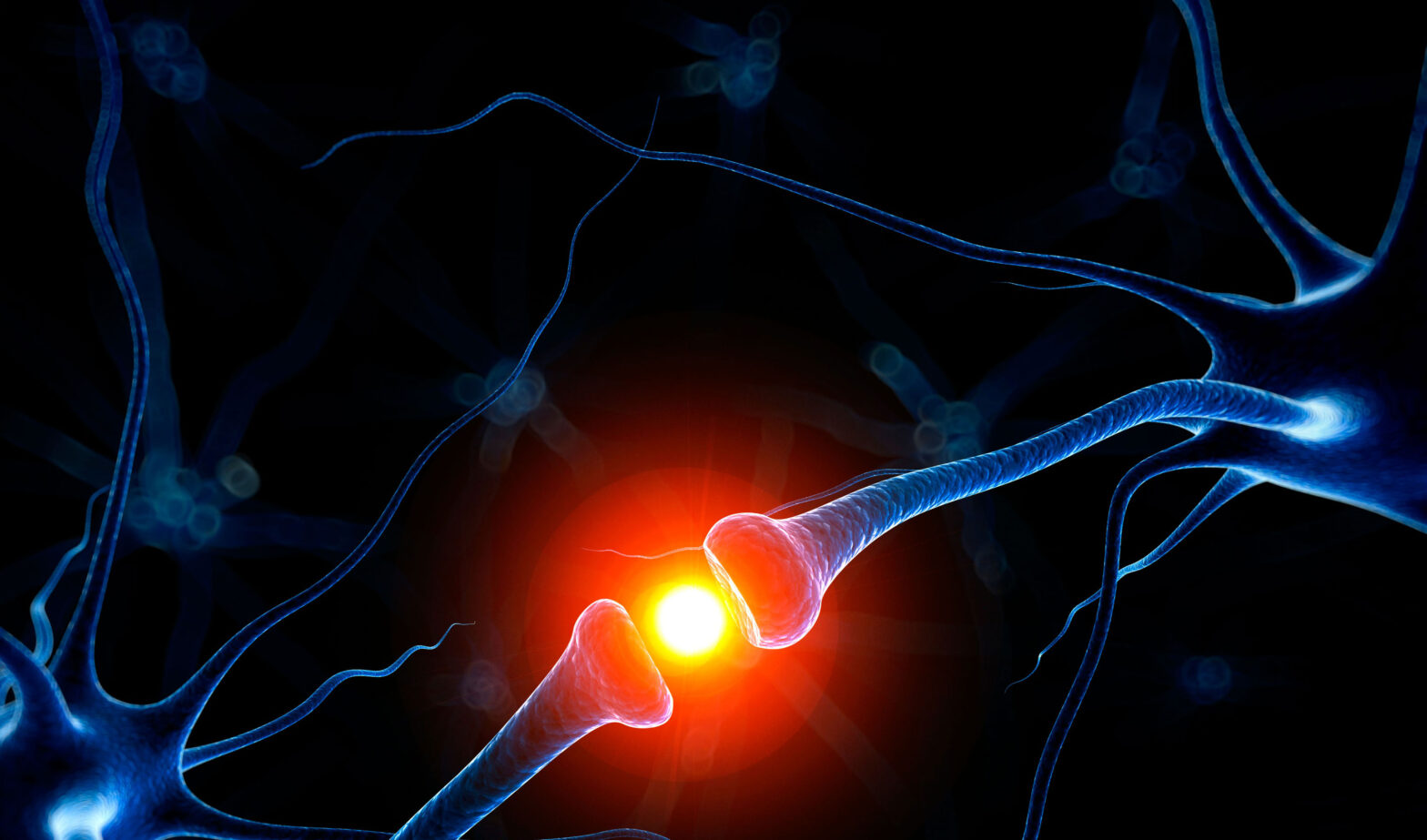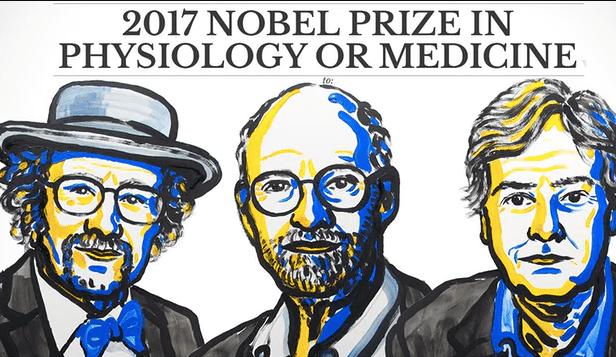Recently, there has been new evidence discovered in support that Neurofilament Light (NfL) protein can track neurodegeneration and disease progress within patients suffering from a wide variety of neurodegenerative disorders. NfL is a protein that is released into the cerebrospinal fluid (CSF) once a neuron dies. Scientists, led by Bob Olsson and Erik Portelius, University …
Continue reading “How Neurofilament Light (NfL)could track Neurodegenerative Diseases”


